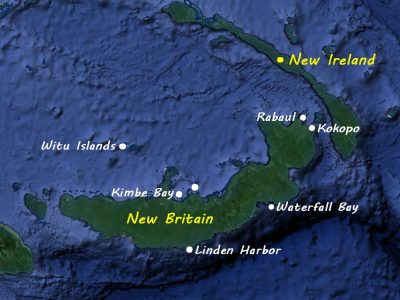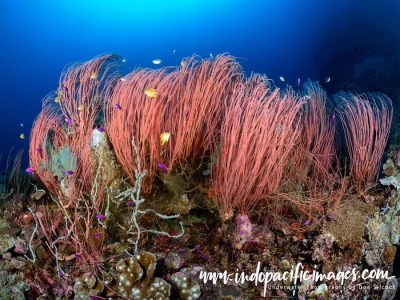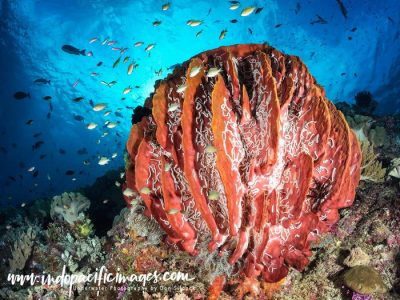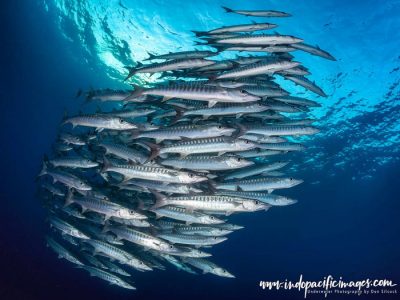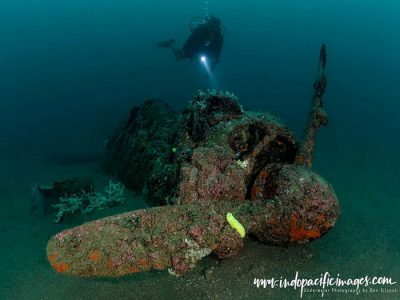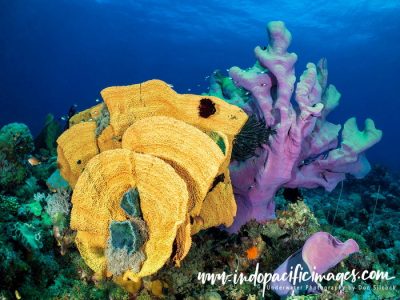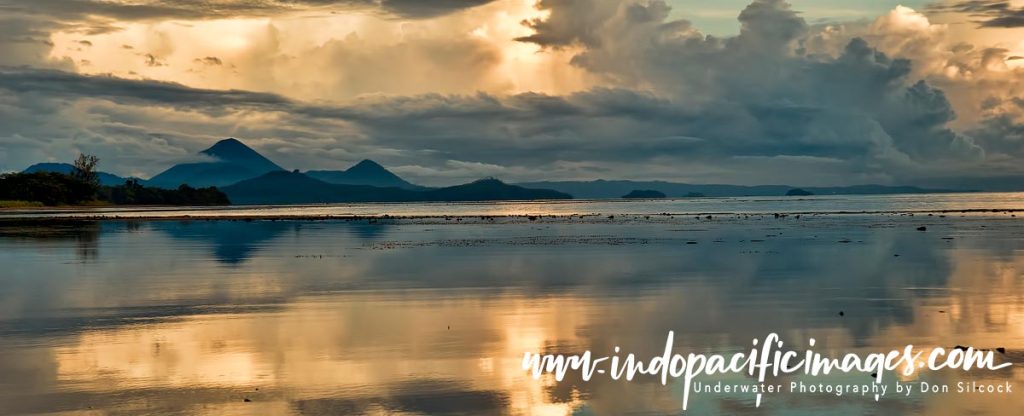
Diving New Britain – Papua New Guinea’s “second island” sits right on the interface of some incredibly powerful forces of nature. Physically located along the infamous Pacific Ring of Fire, New Britain is a crescent shaped island, roughly the same size as Taiwan. And is defined by the incredibly high mountain ranges that run down its spine – together with its many volcanoes…
So high are those mountains, they create separate and independent weather systems on the north and south coasts of the island. New Britain is a remote, different and interesting place that has some really great diving!
While Bob and Dinah Halstead were the catalyst for bringing Milne Bay and PNG to the attention of the global diving community.
A pair of Australian agronomists in New Britain came to the realization that in their “backyard” was a world-class marine ecosystem!
Max and Cecilie Benjamin arrived in New Britain in the late 1960’s on a short term assignment for the Australian colonial government of the time.
They were actually on their way to a new life in Canada. But all that changed in 1969 when they bought the 800 acre Walindi plantation on the shores of Kimbe Bay.
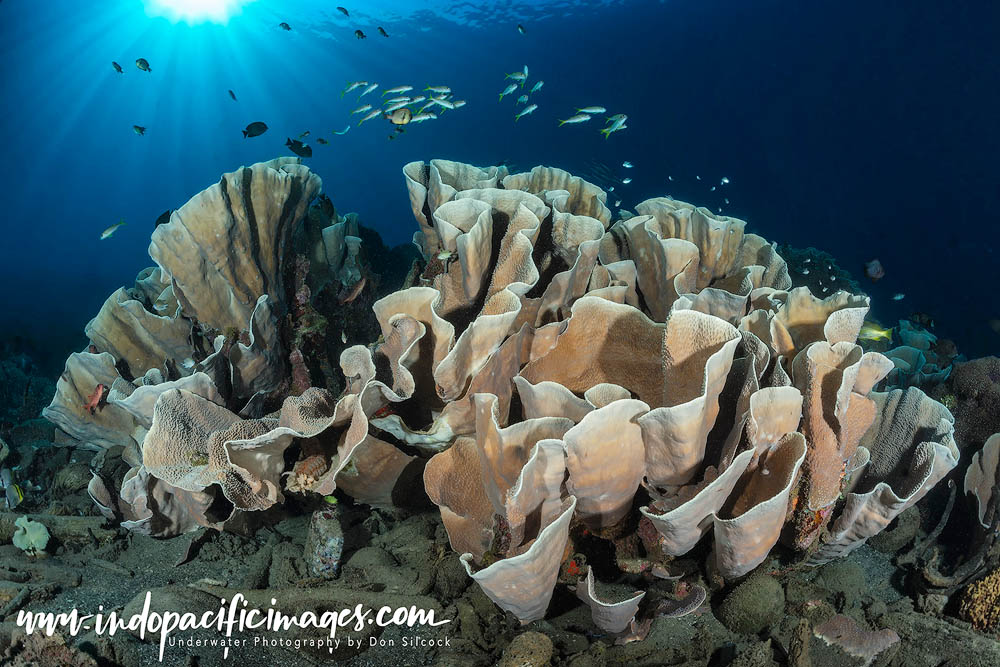
Casual weekend diving made Max and Cecilie aware that what was underwater in the bay was something really quite special and in 1983 they started Walindi Plantation Dive Resort. If you go to the town of Kimbe today you would find supermarkets and hardware stores. Plus many other trappings of modern life. But in 1983 there was virtually nothing, apart from a landing strip left over from WWII… Yet divers started to come to Walindi to experience Kimbe Bay. And over time it became clear just how very special it really was.
Sadly, Max passed away in July 2020, but Cecilie is still very much a presence at Walindi, with the business now run by their son Cheyne and his wife Emma. And from those humble beginnings in 1983, Walindi is now a significant resort that focuses on day-diving in Kimbe Bay. Together with two liveaboards that cover some of the very best diving around New Britain.
The Complete Guide to Diving New Britain
New Britain Diving – An Overview
New Britain Diving… This long, crescent-shaped island is the largest of Papua New Guinea’s many islands. Roughly the same size as Taiwan, New Britain has a population of just under 500,000 people. Which compared to Taiwan’s 24m means that much of the island is uninhabited. And the …
The Complete Guide to Diving Kimbe Bay
Diving Kimbe Bay – this large and sheltered bay is considered by many to be the jewel in the crown of Papua New Guinea’s incredible biodiversity! Located on the north coast of New Britain, the largest of the many islands of the Bismarck Archipelago. Kimbe Bay enjoys a quite unique …
The Wonderful Witu Islands
The Witu Islands… There are two things that strike you when you arrive at the Witus – firstly they are an incredibly scenic part of the world. The islands are the peaks of subsea volcanoes that rise up from the deep waters of the Bismarck Sea. And the main island Garove is actually the …
The Fathers Reefs & Lolobau Island
Diving the Fathers Reefs and Lolobau Island… In a roughly rectangular area that is about one-third the size of Tasmania. The north coast of New Britain hosts three of the best diving locations in all of Papua New Guinea. The most well-known of those three is incredible Kimbe Bay. While to the north-west of Kimbe are …
Diving Rabaul and Kokopo
Diving Rabaul… Once upon a time the town of Rabaul had almost everything a diver could possibly want. With the visually spectacular Simpson Harbor in the calderas formed after a mega volcanic eruption some 1400 years ago. And about 65 Japanese WWII wrecks in and around that harbour. Plus some excellent reefs, a couple of …
The Remote South Coast of New Britain
South Coast New Britain – probably the most remote diveable location in PNG… The large crescent shaped island of New Britain is the largest of the 600+ islands that make up the incredible country that is Papua New Guinea. Roughly the same size as Taiwan, New Britain sits along the southern ridge of the volatile …
Back To: The Complete Guide to Diving Papua New Guinea

